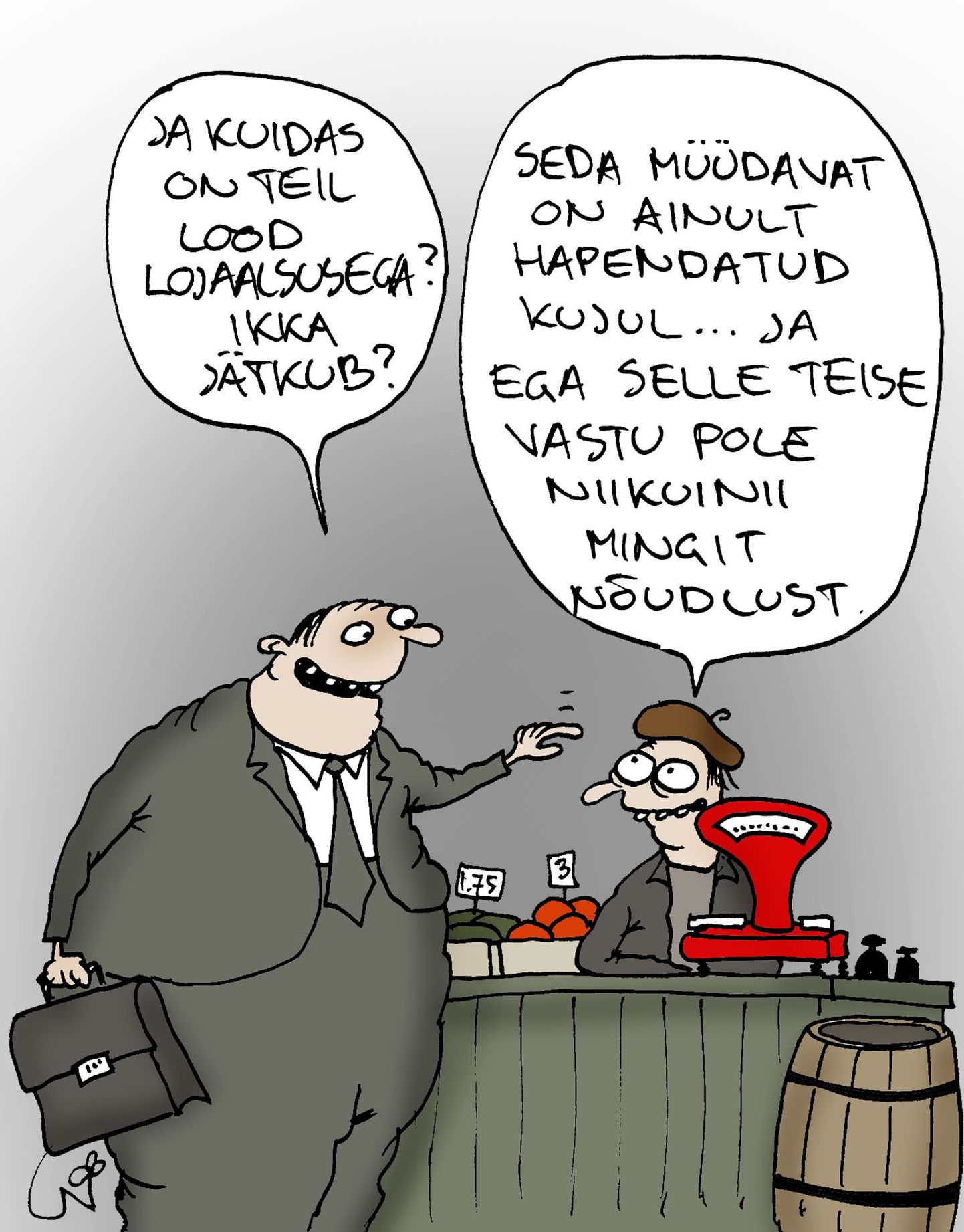
Not all alike, but with obvious common interests

Not all alike, but with obvious common interests
The rest of the world, especially the non-European part of it – yet inner Europe often included – tends to view the Baltic States as a tiny close coterie. We, however, being well aware of the differences and the toil it takes to have any kind of pan-Baltic cooperation. The attempts to widen the efforts to Baltic-Nordic dimensions is based on the hopes that, being associated with the well-to-do Northerners, the three of us would be spurred to give it a joint try – in the name of development. This is inspiring, no doubt. Still, reality is slack to follow rhetoric… even reluctant, it might be noted.
Differences aside, we do have lots of similarities. A weighty one being that we are NATO members, all three. Still, Estonia and Lithuania have not been able to allocate NATO air security zones between the Zokniai and Ämari bases. Also, we are disturbed by Lithuania’s much-less-than-agreed defence expenses. Recovering from economic crisis, such political decisions may indeed be understood; yet, to NATO headquarters, we still compose a single region –therefore, the signal on our will to defend ourselves ought to be uniform.
Organising their defence forces, Lithuania and Latvia have taken a somewhat different path than Estonia. That would not necessarily be bad; in other kinds of circumstances we might as well consider it an option worth consideration. However, it is evident the rearrangements have not improved Latvian and Lithuanian defence forces. Rather, obvious problems have arisen with investments from state budgets.
Another disturbingly hot Baltic potato being the nuclear power station. To which, last fall, Lithuanians said «no» at a referendum. The «no», no doubt, understandable, considering Chernobyl, Fukushima and even Ignalina – the latter closed down in 2009, with its security criticised long before that. All Estonians and Latvians could do was honour the Lithuanian decision. In which context it is confusing to note that the Lithuanian government has not been clear in repeating the nation’s «no», rather deciding to point to Northern neighbours as a hindrance to the project.
Yet now the Baltics do have a new joint dream in Rail Baltica, which is turning into a Helsinki-to-Berlin project substantially supported by EU budget.
It is somewhat encouraging that the Rail Baltica idea is not viewed as connecting Tallinn and Vilnius only – as it feels like the inclusion of third parties might be a welcome incentive, in our Baltic cooperation. Still, the project is, first and foremost, in the Baltic interests and the ability to follow through would serve to prove our unity.
The three Baltics are not alike – neither is that desired. However, we do have joint interests, serving a highly definite goal. No matter the political platforms of the Baltic governments, these interests should not be exchanged for the pennies of local popularity.